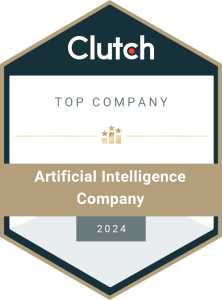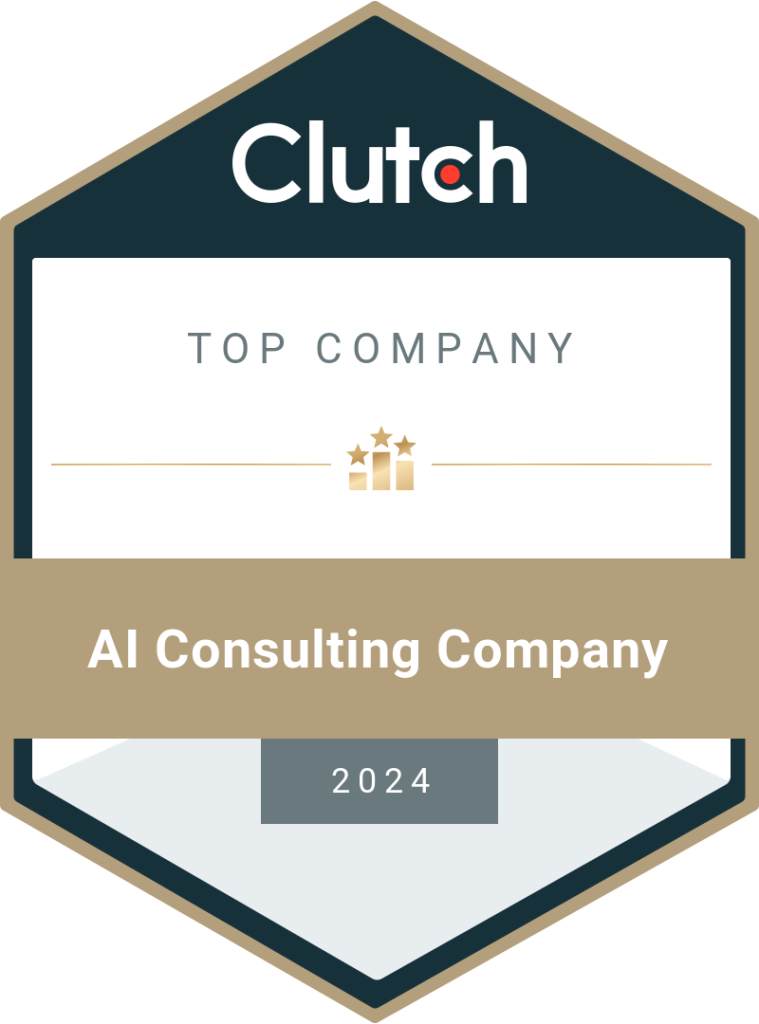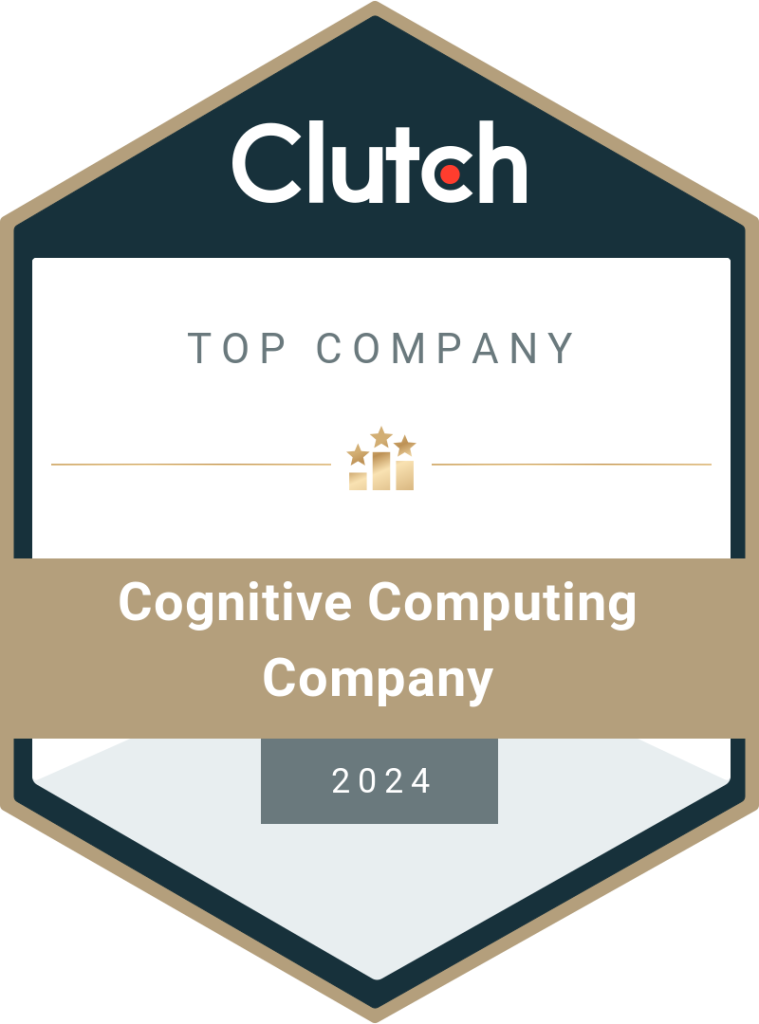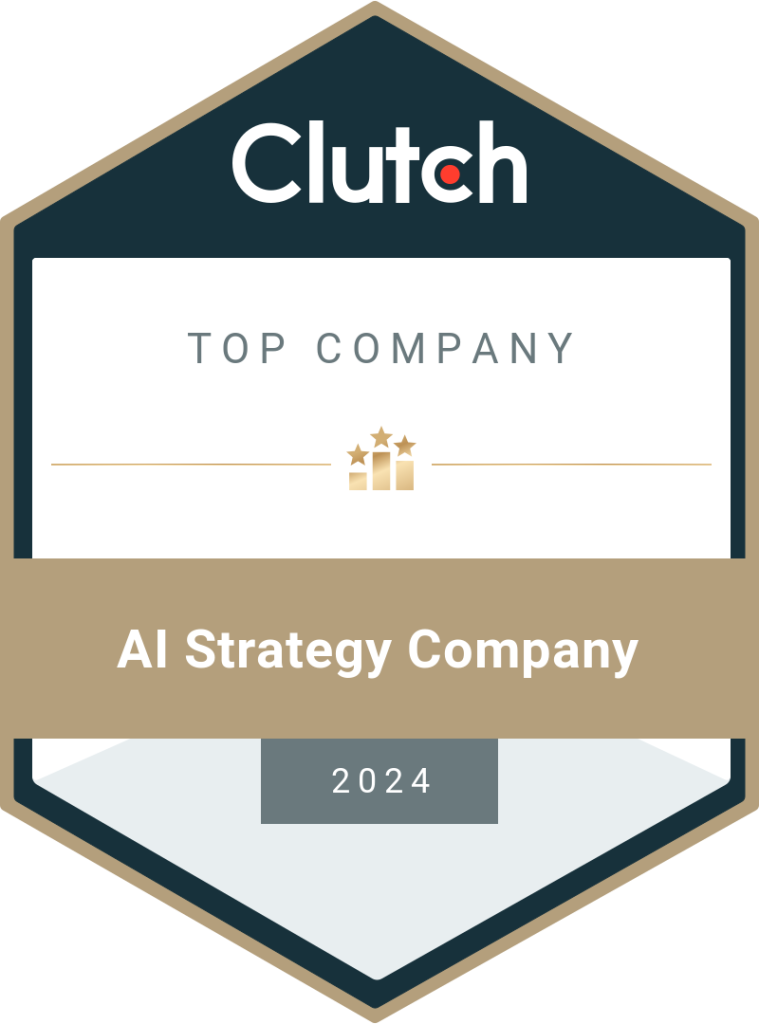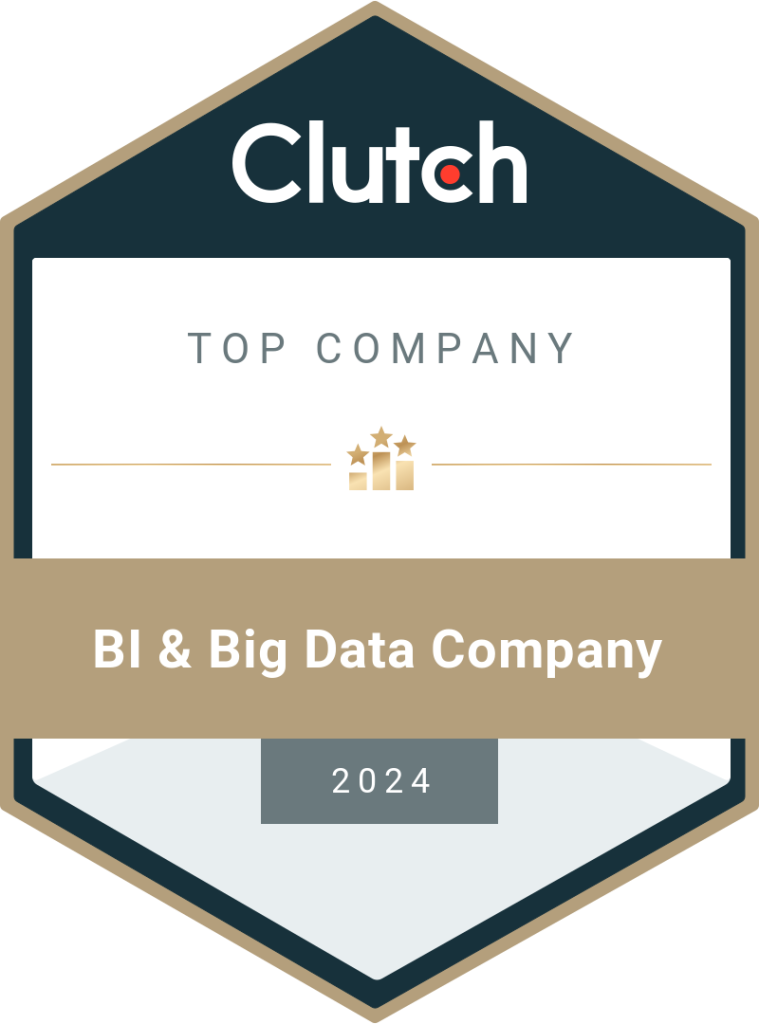Impact Of COVID-19 On Data Science Industry You Should Be Aware Of!
Modern business applications use machine learning (ML) and deep learning (DL) models for analyzing real and large-scale data, predicting or reacting to events intelligently. Unlike research data analysis, the models deployed in production have to manage data on a scale, often in real-time and produce reliable results and forecasts for end users. Often these models must be agile enough in production to handle massive streams of real-time data on an ongoing basis. At times, however, such data streams change due to environmental factors that have changed, such as changes in consumer preferences, technological innovations, catastrophic events, etc. These changes result in continuously shifting data trends — which eventually degrade the predictive capacity of designed, educated, and validated models based on data trends that are suddenly no longer important. This change in the meaning of an incoming data stream is referred to as “concept drift” and what they predict is nothing new. Although idea drift has always been a matter for data science, its effect has rapidly escalated and reached unparalleled rates due to the COVID-19 pandemic. And this is likely to happen again as the world continues to plan for COVID rehabilitation and more changes in human behavior. Concept drift exists because of the significant changes in human behavior and economic activity resulting from social distancing, self-isolation, lockdown, and other pandemic responses. Nothing lasts forever — not even carefully built models trained with well-labeled mountains of data. Concept drift leads to limits of decision divergence for new data from those of models developed from earlier data. Its effect on predictive models developed across industries for different applications is becoming widespread, with far-reaching implications. For example, in-store shopping has experienced a dramatic decline and an unparalleled rise in the number of items purchased online. Additionally, the type of things customers buy online has changed — from clothing to furniture, furniture, and other essential products. ML models designed for retail companies now offer no longer the right predictions. Because companies no longer have precise predictions to guide operational decisions, they cannot optimize supply chain activities adequately. Concept drift also impacts models designed to predict fraud across various industries. For example, models were previously trained to see buying one-way flight tickets as a reliable indicator of airline fraud. That is not the case anymore. A lot of fliers have bought one-way tickets with the advent and spread of the Coronavirus. It will possibly take some time to be a reliable predictor of fraud before this returns. Insurance is not being left out. Until this pandemic period, predictive models were used to evaluate various factors to determine customers’ risk profiles and thus arrive at pricing for different insurance policies. As a result of self-isolation and movement limitation, along with a demographic-related shift in risk, many of these variables are no longer the predictors they used to be. Also, a previously unknown range of data is added, requiring new categories and labels. Primarily, data scientists can no longer rely on historical data alone to train models in real-world scenarios and then deploy them. The pandemic’s ripple effect tells us that we need to be more agile, flexible, and use better approaches to keep deployed models responsive and ensure they provide the value they were designed to provide. How Have ML Models Shifted During COVID-19? AI and ML models need to train raw data on mountains before implementing or operationalizing data science into real-world scenarios. There’s a catch, though — once these models are deployed, while they continue to learn and adapt, they’re always based on the same concept they were initially designed on. Development models don’t compensate for factors and don’t react to patterns emerging in the real world. As a result, model predictions appear to deteriorate over time, and their purpose is no longer served. Models trained to predict human behavior are particularly vulnerable to such deterioration, especially in acute circumstances such as the current pandemic, which has changed the way people spend their time, what they buy, and how they spend their time altogether. Drift detection and adaptation mechanisms are crucial under these changing conditions. The continuous method is to track models to detect drift and adapt accordingly. Mechanisms must be in place to monitor errors on an ongoing basis and allow predictive models to be adjusted to rapidly evolving conditions while preserving accuracy. Otherwise, these models may become outdated and generate results that are no longer reliable or efficient for the organization. Feasible And Fast New Situations There is more to projects in data science than creating and deploying ML models. Monitoring and preserving model output is an ongoing process that’s made simpler with MLOps being embraced. While you can re-label data and retrain models on an ongoing basis, this is an extremely expensive, cumbersome, and time-consuming approach. To identify, understand, and reduce the effect of design drift on production models and automate as much of the process as possible, data scientists need to exploit MLOps automation. Given DevOps’ track record of enabling the fast design and delivery of high-visibility and quality applications, it makes sense for data science teams to leverage MLOps to manage the development, deployment, and management of ML models. MLOps allows data science teams to either leverage change management strategies continuously update models upon receiving new data instances or update models upon detection of a concept or data drift With this, new data can be obtained to retrain and adjust models, even if the original data set is considerably smaller. Teams should build and construct new data, where possible, in a way that accounts for missing data. Most notably, MLOps automation allows teams to implement these change management techniques in rapid iterations, as long-term implementation is no longer time-bound. The lifecycle of data science needs to be carried out in much shorter periods, and this can only be done by automation. Those Who Adapt Will Survive Data science needs to respond rapidly to the rapid changes taking place across the globe. Many companies are currently in a
Read More